- Home
- Paul Doherty
Isabella and the Strange Death of Edward II Page 2
Isabella and the Strange Death of Edward II Read online
Page 2
Philip IV was no nationalist but he had a clear and distinctive view of the power and influence due to his own dynasty, the House of Capet. Philip, flattered by his lawyers, William of Nogaret and Peter Dubois, saw himself as a second Charlemagne, a king who would dominate Europe: the western borders of France would be extended to the Rhine; Philip would bring under his control those small squabbling countries to the north – Flanders and Hainault; the powerful independent fiefs of Burgundy and Brittainy would be annexed. Above all, he would wrest from the English Crown the remains of its great Angevin empire. John of England had lost most of this in the thirteenth century but two strategic areas remained: the counties of Ponthieu and Montreuil in northern France and the wine-rich duchy of Gascony.3
Philip IV’s great-grandfather was St Louis and, in Philip’s eyes, this saintly king made the entire Capetian line sacred, superior to all ruling dynasties, including the papacy. Philip’s foreign policy, a mixture of skilful administration and brutal force, met with varying degrees of success. His three sons were married off to powerful, wealthy French heiresses but, when he couldn’t achieve diplomatic success through marriage, Philip used both sword and trickery, as he did against the English-held duchy of Gascony. The status of that duchy, and the relationship of its Duke, the English king, to the French Crown had been defined by the Treaty of Paris in 1259. Essentially, the Treaty caused more problems than solutions, the principal difficulty being that the King of France was, in theory if not practice, the overlord of his Duchy and could insist on treating its Duke, the King of England, as a vassal. In 1292–3 Philip adopted a war-like stance over certain Gascon problems and tricked Edward I of England into surrendering the duchy into French hands pending a resolution of their difficulties. Edward I, more than a match for Philip’s wiles, only agreed to this because his military commanders informed him that, if Philip launched an all-out war against the duchy, they would not be able to defend it. Edward, facing serious difficulties in Scotland at the time, agreed to its surrender. Philip, of course, refused to hand it back and both countries drifted into armed confrontation.
Philip’s long-term plan was not to hold the duchy for ever; this would inevitably lead to war and he had other matters to settle. In 1297, Philip persuaded Edward to submit their dispute to the arbitration of Pope Boniface VIII. Philip and the papacy had clashed before. The French king put pressure on the Pope and, in 1298, the hapless Boniface VIII issued his arbitration. The duchy of Gascony should be returned to the English Crown; a lasting peace would be signed between England and France, sealed by the marriage of the widowed Edward I to Philip IV’s sister Margaret, whilst the French king’s two-year-old daughter, Isabella, would be betrothed to the Prince of Wales.4
Philip was delighted. He had not only achieved his own ambitions but blocked Edward I’s attempt to build up a coalition in northern Europe through his own system of marriage alliances. Edward’s daughter, Elizabeth, had married Count Flores I of Holland whilst another daughter, Eleanor, had married the Duke of Bar, who controlled territory on France’s northern border. More importantly, Edward had hoped to thwart France’s ambitions over the Low Countries by secretly marrying his heir, the Prince of Wales, to Guy of Flanders’ daughter. Philip obtained assurances from Edward that he would not accept a Flemish princess for his son but Philip trusted no one; just to make sure, he seized the Flemish princess concerned and incarcerated her until her death. Some claim she died of natural causes, others hint that Philip was not above using more subtle means to eliminate an opponent and the Flemish princess may have died from poisoning. Indeed, Philip IV had won such a reputation for secret intrigue, that the same chronicler even accused him of removing his wife and Queen, Johanna of Navarre, for his own nefarious purposes.5
By 1298 Philip believed he had checked not only Edward but other potential opponents. He had also created a power which ensured that Capetian influence was felt in all the courts of Europe, especially England. One day his grandson would sit on Edward the Confessor’s throne at Westminster. Another grandson would be created Duke of Gascony, thus detaching that rich province from the English Crown and making its long-term absorption into the Capetian patrimony all the more likely. France’s northern borders would be protected from Edward I’s meddling whilst the marriage alliances of his sons could eventually extend Philip’s power from the Rhine to the Atlantic.
Philip adopted a ‘belt and braces’ attitude to his daughter’s marriage. Edward had only one male living heir. If the young Prince of Wales, or the infant Isabella, died before the marriage took place, Philip had an insurance policy. The marriage of his sister Margaret to the widowed Edward I would ensure some success and guarantee that if a grandson didn’t inherit the English throne, a nephew would do just as well: this marriage, too, would be an integral part of any peace process.
Isabella’s later conduct as Queen proves how the best-laid plans often go awry. However, in 1298 Edward I probably hoped for the same. He had been forced to accept the papal arbitration. He was facing baronial opposition to his war taxes at home, whilst his attempts to conquer Scotland had dragged England into a bitter guerrilla warfare which was draining the English Crown of men and resources. Edward I’s motto was ‘Keep Faith’ but he never explained to whom he should keep faith. Marriages might be made in heaven, the papacy might describe the Anglo-French Treaty as a great, diplomatic, God-ordained triumph, but Edward I resolved that, if the opportunity presented itself, he would keep Gascony and marry his heir to someone else. In the meantime he publicly accepted the papal decree and sent letters full of fraternal greetings to ‘his sweet cousin’ Philip of France; secretly, Edward spent considerable energy plotting his escape from Philip’s trap.
At first Edward met with little success. The papal arbitration was quite explicit: the marriages must go ahead or Philip would keep Gascony. Edward played along. On 12 May 1299 he despatched envoys to complete the arrangements for his marriage to Margaret and that of his heir to Princess Isabella. On the 19 June 1299, under papal auspices, Edward reluctantly put his seal to a marriage treaty. Isabella would marry his son. Edward would assign her dowry lands in England and France and Philip would pay a marriage portion of £18,000. The treaty made it very clear: ‘no marriage, no Gascony’. Philip knew what his ‘sweet cousin’ Edward was plotting so he demanded that prominent members of the Gascon nobility take an oath to renounce allegiance to England if either Edward, or his heir, repudiated Isabella’s marriage. Edward, shocked at such open distrust of his promises, committed Philip to paying a fine of £100,000, a veritable fortune, if he in turn reneged on Isabella’s marriage. In addition, the English demanded that Isabella’s mother Queen Johanna, and others of Philip’s family, also took the most solemn oath, promising they would do everything to ensure the marriage took place. However, in 1298 Isabella was only two years old. Time was on Edward’s side. Philip, too, realized there was ‘many a slip twixt cup and lip’; Gascony was restored piecemeal but Philip kept the powerful castle of Mauleon as an ‘open door’ should Edward repudiate the treaty.
The two kings now circled one another like experienced swordsmen, each looking for an opening. Philip’s dream was to have his young daughter married and Gascony detached from the English Crown. Edward hoped to stifle opposition at home, crush the Scottish rebels under Wallace and extricate himself from his own diplomatic predicament. Ostensibly both kings followed the protocols: charming and affectionate letters were exchanged. They addressed each other as ‘sweet kinsmen’, ‘brothers’. Gifts were despatched, envoys met but little real progress was made on the marriage.6
Isabella was only six years old when her mother died in rather mysterious circumstances in 1302. Like many royal children, particularly princesses, she was relegated to the nursery, looked after by servants and kept well away from the main stream of court life. Moreover, although Edward I married Margaret, neither the English king nor his heir showed any interest in young Isabella. There are no records of any letters sent or gi
fts despatched. Communication between the French and English courts was quite regular but very little reference was made to Isabella, apart from the fact that she had been chosen to marry the Prince of Wales.
The turn of the new century created fresh opportunities for Edward. Philip was drawn into a bitter struggle with Pope Boniface VIII over royal rights in the French Church. The Pope retaliated by opening a secret correspondence with Edward, gently encouraging him to reject both the 1298 settlement and the consequent treaty. Philip responded by sending armed men to assault the Pope in his own house.7
More importantly, Philip had grown tired of his lawyers’ advice. He may have brought England to heel but Flanders was still proving to be a thorn in his side. In 1302 the tension between the two countries erupted into war. Philip’s troops poured across the Flemish border. All of Europe expected Flanders to be crushed in one single campaign. Instead, at Coutrai, the Flemish burgesses, armed with spears and protected by rows of stakes, annihilated the mounted chivalry of France. Edward seized this opportunity to try and secretly repudiate the marriage of his son to Isabella. He opened clandestine negotiations with Flanders for the hand of another Flemish princess and, when this failed, considered a marriage alliance between his heir and the Castilian Infanta: Edward I’s first wife, Eleanor, came from Castile and an ally on France’s southern border would be useful.8 Nevertheless, Philip still possessed Mauleon, the gateway to Gascony: his troops could occupy the entire duchy in weeks. Edward, involved in a full-scale war against Scotland, was astute enough to realize he could not fight a war on two fronts. Both countries were exhausted by conflict and eager for a settlement. In May 1303 a lasting peace was sealed and the Prince of Wales despatched envoys to negotiate his solemn betrothal to Isabella.
The nine-year-old Princess met these envoys on the 20 May 1303 and made her solemn commitment to marry Prince Edward in the presence of Gilles, Archbishop of Narbonne.9 Philip’s luck also changed. In November 1305, the pleasure-loving Frenchman, Bertrand de Got, was elected Pope Clement V. Clement, probably at Philip’s behest, tried to persuade Edward to send his heir to Lyons for the papal coronation: a fitting occasion, Clement maintained, for the marriage between his son and Isabella.10 Secretly, Edward was horrified. Time had passed: Isabella was now nine years old and the Pope was ready to grant a dispensation so that, despite her tender years, Isabella could marry the English heir. If Edward I objected to the marriage, Philip could then depict him as repudiating the treaty as well as offering grave insult to the papacy.
The diplomatic machinery of both French and papal courts ground on, despite English reservations. Clement V issued a dispensation for Isabella to marry as she had not reached the canonical age to do so.11 Clement and Philip also agreed to a solemn meeting of all parties at Lyons, a marvellous occasion and setting for the marriage between an English prince and his French bride.
Edward twisted and turned. He dared not object to the marriage: his first line of defence was that he could not spare his heir for such a long journey, so the marriage would have to be by proxy. The Prince of Wales gave his father’s envoys to Lyons the authority to contract such a marriage on his behalf. Isabella appointed her own proxies.12 In the end the marriage did not take place. On the back of Clement’s dispensation for Isabella to marry, a clerk has scrawled, ‘Dispensatio Matrimonii Reginae Angliae Non Valeat’. In other words this dispensation was never implemented. However, it is interesting to note that, almost three years before the wedding actually took place and Isabella’s arrival in England, European courts already regarded her as ‘Regina Angliae’, ‘Queen of England’.
This marriage by proxy was deliberately frustrated by Edward. His envoys seized on the fact that Philip had not returned the castle of Mauleon so everything went back to square one.13 The papacy, however, now involved in Philip’s secret designs to seize the wealth of the Templar Order, refused to give up. A Spanish cardinal was sent to England, arriving in the spring of 1307. The cardinal gave solemn assurances that all of Edward’s territories in France were to be returned. He insisted that the Prince go to France to attend another meeting between the Pope and Philip during April and May 1307.14 Edward was forced to accept this and his heir dutifully travelled to Dover. The English king even agreed to release 100,000 Marks from the Exchequer but then, abruptly, the Prince was recalled north,15 and so no money was ever released. He was still playing for time, although this was beginning to run out.
By 1302 Robert the Bruce had emerged as the new Scottish leader and was intent on a relentless campaign against the English occupying army.16 Five years later, Edward I, sixty-eight years of age and racked with illness, was determined on one last, all-out invasion to remove this threat. He was on the brink of this campaign when, stricken by sudden illness, he died on the 7 July 1307, leaving the marriage of his son unresolved. In a sense this was a triumph for Edward I: for almost nine years he had endeavoured to extricate his son from a marriage he never intended to let happen. It was now up to this same son to decide what future course these negotiations would take.
At the time of Edward I’s death, Isabella was eleven years old. In medieval eyes, she was on the brink of womanhood and had been raised in a tradition, immortalized by the tales of King Arthur and his knights, where princesses were regarded as objects to be worshipped, ladies in the tower, over whose favours gallant knights fought. Isabella would have been aware of these stories as well as the court ritual and code of chivalry surrounding them, and up to her final days, she remained a fervent admirer of the Arthurian legend: she not only collected books on Arthurian tales but lent them to others.17
This medieval code of Arthurian chivalry is very clearly reflected in Chaucer’s The Knight’s Tale where the brothers, Arcite and Palemon, fight over their beloved. Taken to extremes, these chivalrous rules reduced women to objects: prizes to be fought over, according to the rules of the tournament, or married in order to secure access to an inheritance. Such attitudes encouraged a broad stream of medieval consciousness to regard women as either objects of desire in themselves or as possessions to be used as bargaining counters for other more mundane reasons, land or inheritance. The tales of La Tour Landry, a string of moralizing stories, emphasize the subservience of women and the necessity for their complete obedience to their husbands. A far-fetched example is La Tour Landry’s The Book of the Knight, where three merchants wager that each of their wives will do whatever they ask, be it leaping into a basin or dancing on a table.18
Another work, The Menagier of Paris, laid down how the young wife of a Paris merchant existed to please her husband and satisfy his every whim: ‘Take pains to cherish the person of your husband and I beg of you to keep him in clean linen . . . I advise you to prepare such comforts for your husband and remember the country folks’ proverb how three things drive a good man out of his home: a leaking roof, a smoking chimney and a scolding wife.’19
If women broke out of this mould they could expect not only human, but divine retribution. The English chronicler Knighton, a canon of Leicester, described how, in 1348, a group of high-born women began to ape the men in organizing their own tournaments, but finished the story on a high moralizing note, describing how God put ‘their frivolity to rout by heavy thunder-storms and diverse extraordinary tempests’.20
True, these works were written in the second half of the fourteenth century but they captured a popular trend and public attitude. The subservience of the wife to the husband was seen as part of a divinely ordained plan, a theme which, no doubt, was constantly stressed in Isabella’s early education.
Yet there was also another prevalent strain of thought, best represented by Chaucer’s brilliant sketch of the Wife of Bath and her tale. The Wife of Bath owned her own business; she went on ‘package tours’ to the sacred shrines of Canterbury, Compostella and Cologne; she saw a number of husbands through the church door for marriage and out again to the graveyard. She is pugnacious, assertive, and not afraid to speak her mind.21 This is not a c
aricature or exaggeration. In the towns and cities of both France and England, women often played an important civic role, particularly in trade and industry; even in medicine, until 1520, a number of physicians in England were women.22 The Wife of Bath’s tale goes further, emphasizing the superiority of women and the need for wives to exercise mastery over their husbands.23
Isabella would have been aware of such conflicting attitudes. Her mother had been a queen and ruler in her own right, and Queens of England had also held their own. Eleanor of Aquitaine led her husband, Henry II (1154–89), a merry dance, both in their private as well as their public lives. The Empress Mathilda, for nineteen years, waged a bitter civil war against her cousin Stephen for the English crown whilst, according to rumour, King John’s wife took lovers so indiscreetly, her husband retaliated by hanging them from her bedposts.
Isabella progressed through a series of roles: first the princess in the shadows, then the honourable queen, then the dutiful wife. She was only twelve when she married Prince Edward and it took sixteen years of intense provocation, before she emerged as the ‘She-Wolf’, the ‘new Jezebel’. This progression, from the passive to the active, is the most fascinating aspect of Isabella’s life and career, not only for her actions but for the true reasons behind those actions.
In all fairness, her prospective husband, Edward of Caernarvon, was, for the greater part of his youth and early manhood, a similar pawn on the diplomatic chessboard. Like Isabella, he was brought up well away from the machinations of the court, only emerging onto the political scene when his aged father decided to use him for his own political purposes. Indeed, Edward of Caernarvon proved to be as big a contradiction as his future wife. In the main, historians have been unanimous in their condemnation of a king who lost his crown, his wife and his life. Edward II spent most of his reign fighting his barons, not on matters of high principle, but to protect favourites such as Gaveston and de Spencer. The most scathing judgement on Edward of Caernarvon is that of T. F. Tout who dismissed him as ‘a coward and a trifler’.24

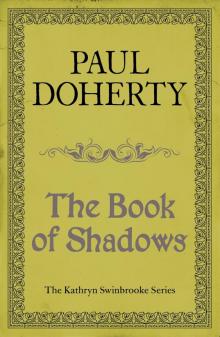 Book of Shadows
Book of Shadows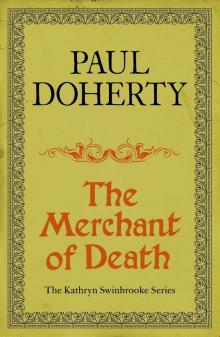 The Merchant of Death
The Merchant of Death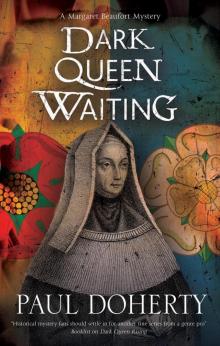 Dark Queen Waiting
Dark Queen Waiting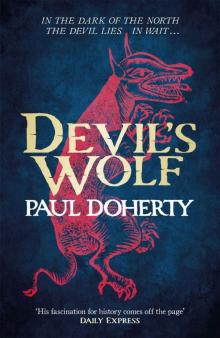 Devil's Wolf
Devil's Wolf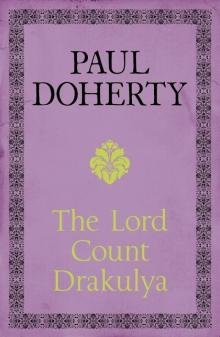 The Lord Count Drakulya
The Lord Count Drakulya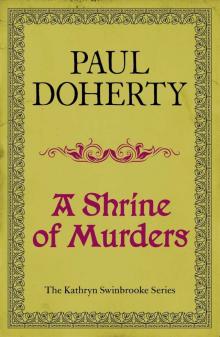 A Shrine of Murders
A Shrine of Murders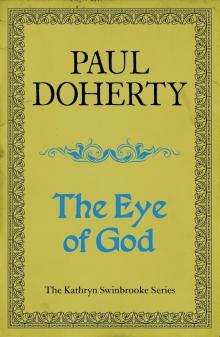 The Eye of God
The Eye of God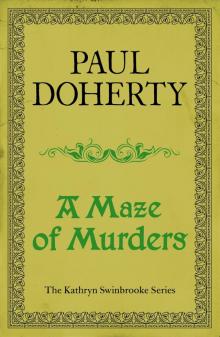 A Maze of Murders
A Maze of Murders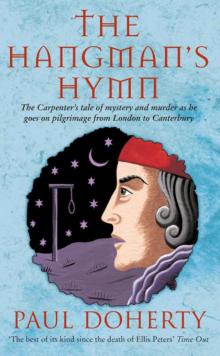 The Hangman's Hymn
The Hangman's Hymn The Godless
The Godless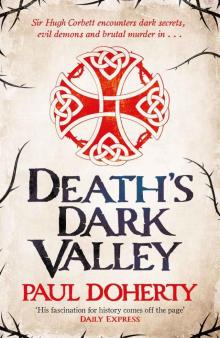 Death's Dark Valley
Death's Dark Valley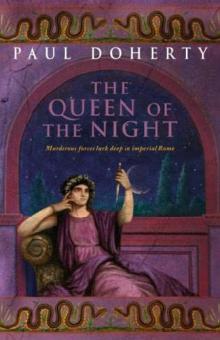 Queen of the Night ar-4
Queen of the Night ar-4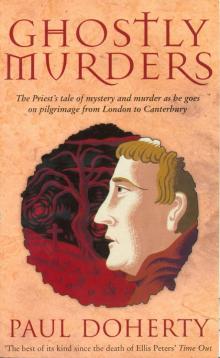 Ghostly Murders
Ghostly Murders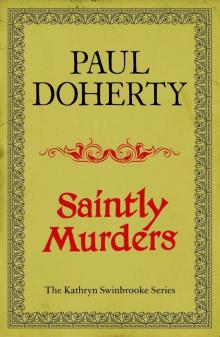 Saintly Murders
Saintly Murders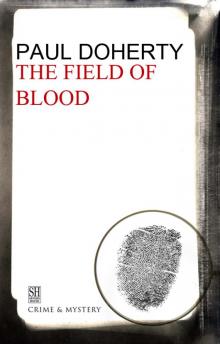 The Field of Blood
The Field of Blood Hugh Corbett 10 - The Devil's Hunt
Hugh Corbett 10 - The Devil's Hunt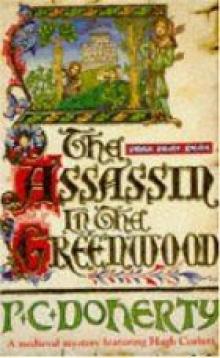 Assassin in the Greenwood hc-7
Assassin in the Greenwood hc-7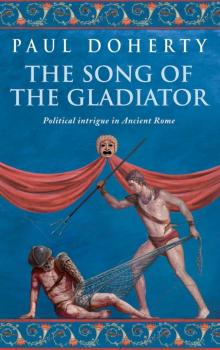 The Song of the Gladiator
The Song of the Gladiator Hugh Corbett 17 - The Mysterium
Hugh Corbett 17 - The Mysterium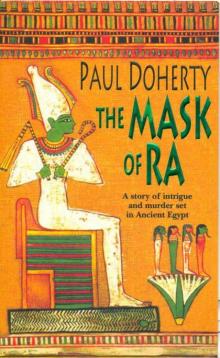 The Mask of Ra
The Mask of Ra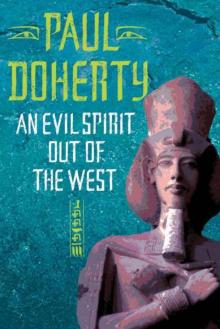 An Evil Spirit Out of the West (Ancient Egyptian Mysteries)
An Evil Spirit Out of the West (Ancient Egyptian Mysteries) Herald of Hell
Herald of Hell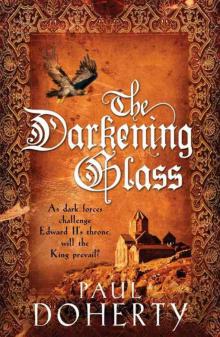 Mathild 03 - The Darkening Glass
Mathild 03 - The Darkening Glass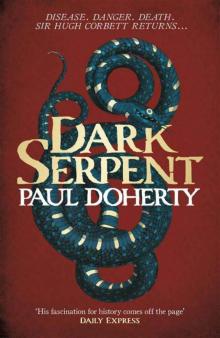 Dark Serpent (Hugh Corbett 18)
Dark Serpent (Hugh Corbett 18)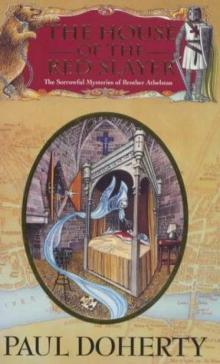 House of the Red Slayer smoba-2
House of the Red Slayer smoba-2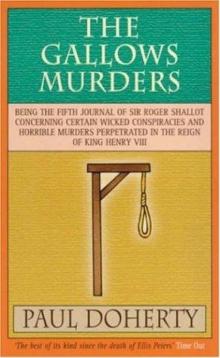 The Gallows Murders
The Gallows Murders The Straw Men
The Straw Men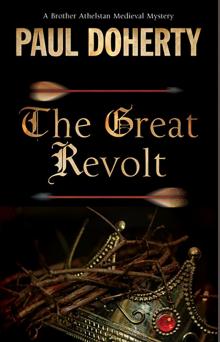 The Great Revolt
The Great Revolt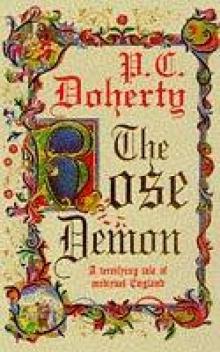 The Rose Demon
The Rose Demon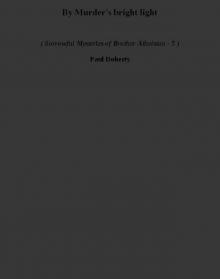 By Murder's bright light smoba-5
By Murder's bright light smoba-5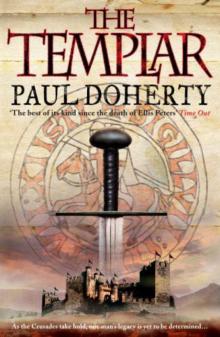 Templar
Templar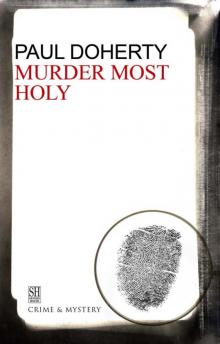 Murder Most Holy
Murder Most Holy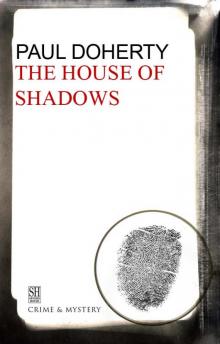 The House of Shadows
The House of Shadows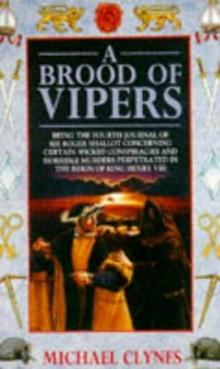 A Brood of Vipers srs-4
A Brood of Vipers srs-4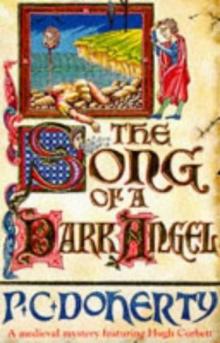 Song of a Dark Angel hc-8
Song of a Dark Angel hc-8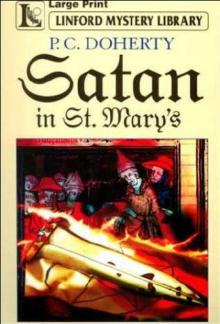 Satan in St Mary hc-1
Satan in St Mary hc-1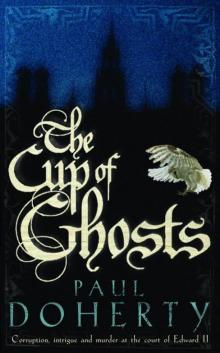 Mathilde 01 - The Cup of Ghosts
Mathilde 01 - The Cup of Ghosts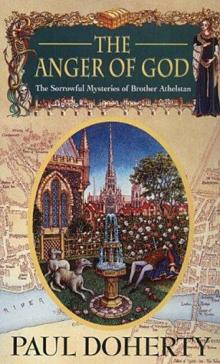 The Anger of God smoba-4
The Anger of God smoba-4 Isabella and the Strange Death of Edward II
Isabella and the Strange Death of Edward II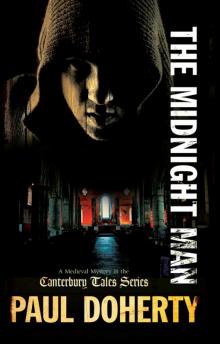 The Midnight Man ctomam-7
The Midnight Man ctomam-7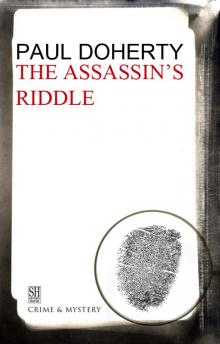 The Assassin's Riddle
The Assassin's Riddle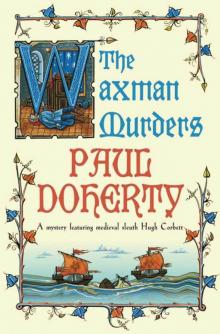 Hugh Corbett 15 - The Waxman Murders
Hugh Corbett 15 - The Waxman Murders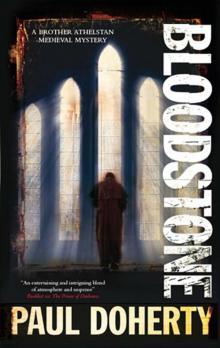 Bloodstone smoba-11
Bloodstone smoba-11 Bloodstone
Bloodstone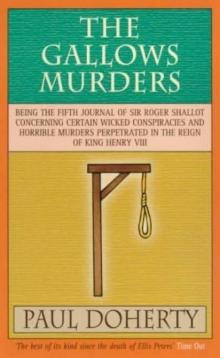 The Gallows Murders srs-5
The Gallows Murders srs-5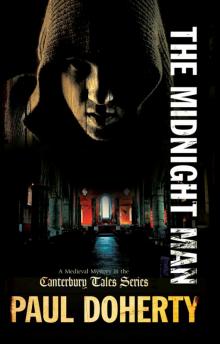 The Midnight Man
The Midnight Man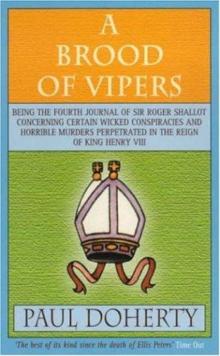 A Brood of Vipers
A Brood of Vipers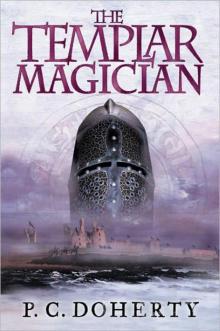 The Templar Magician
The Templar Magician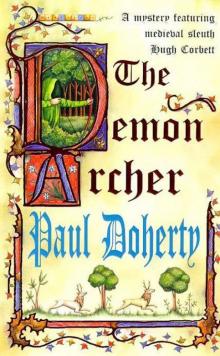 Hugh Corbett 11 - The Demon Archer
Hugh Corbett 11 - The Demon Archer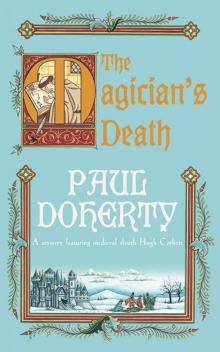 Hugh Corbett 14 - The Magician's Death
Hugh Corbett 14 - The Magician's Death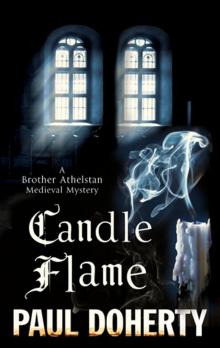 Candle Flame
Candle Flame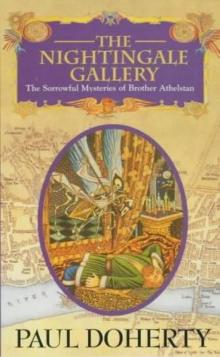 The Nightingale Gallery smoba-1
The Nightingale Gallery smoba-1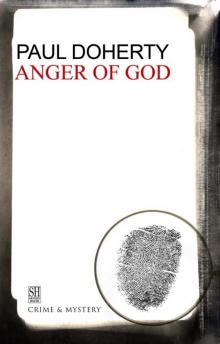 The Anger of God
The Anger of God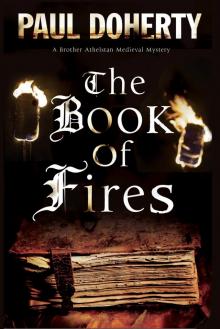 The Book of Fires
The Book of Fires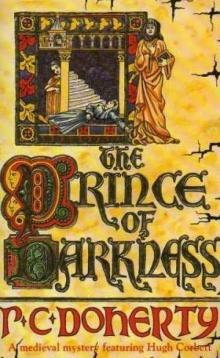 Prince of Darkness hc-5
Prince of Darkness hc-5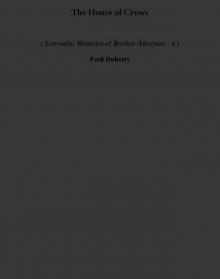 The House of Crows smoba-6
The House of Crows smoba-6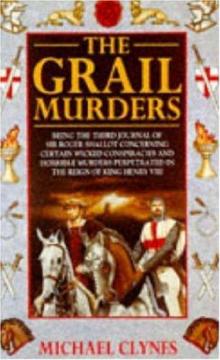 The Grail Murders
The Grail Murders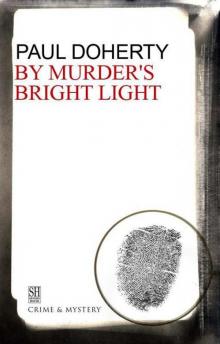 By Murder's Bright Light
By Murder's Bright Light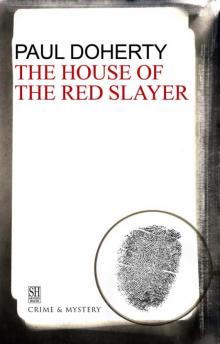 House of the Red Slayer
House of the Red Slayer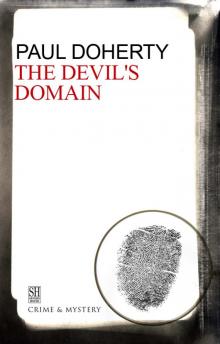 The Devil's Domain
The Devil's Domain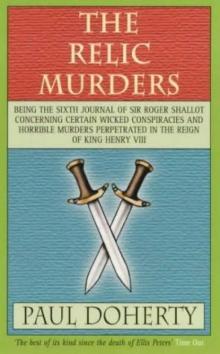 The Relic Murders srs-6
The Relic Murders srs-6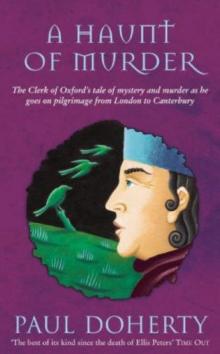 A haunt of murder ctomam-6
A haunt of murder ctomam-6 The Straw Men smoba-12
The Straw Men smoba-12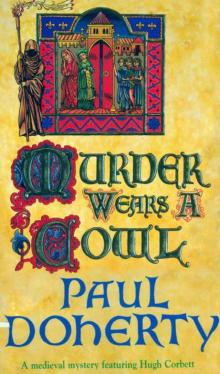 Hugh Corbett 06 - Murder Wears a Cowl
Hugh Corbett 06 - Murder Wears a Cowl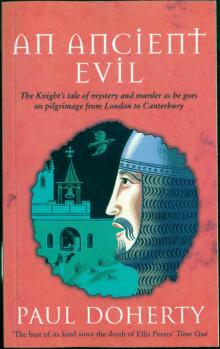 An Ancient Evil (Canterbury Tales Mysteries)
An Ancient Evil (Canterbury Tales Mysteries)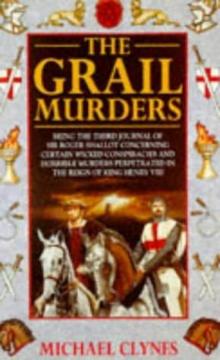 The Grail Murders srs-3
The Grail Murders srs-3 The Fate of Princes
The Fate of Princes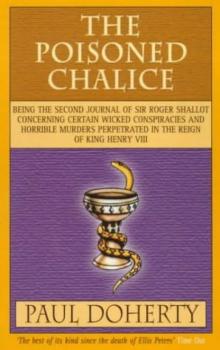 The poisoned chalice srs-2
The poisoned chalice srs-2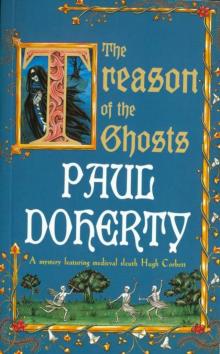 Hugh Corbett 12 - The Treason of the Ghosts
Hugh Corbett 12 - The Treason of the Ghosts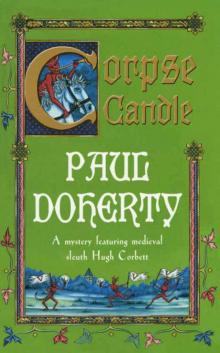 Hugh Corbett 13 - Corpse Candle
Hugh Corbett 13 - Corpse Candle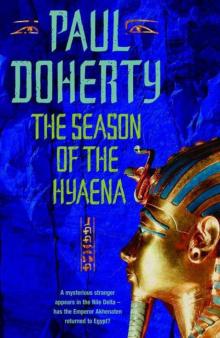 The Season of the Hyaena (Ancient Egyptian Mysteries)
The Season of the Hyaena (Ancient Egyptian Mysteries)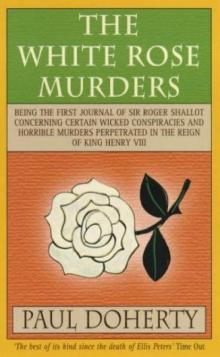 The White Rose murders srs-1
The White Rose murders srs-1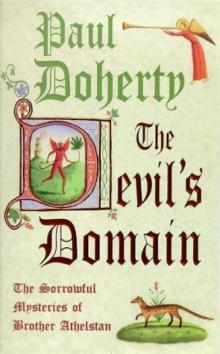 The Devil's domain smoba-8
The Devil's domain smoba-8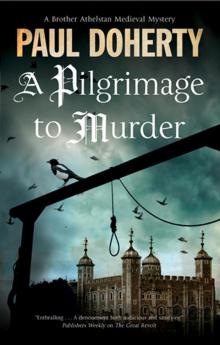 A Pilgrimage to Murder
A Pilgrimage to Murder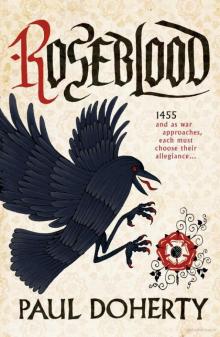 Roseblood
Roseblood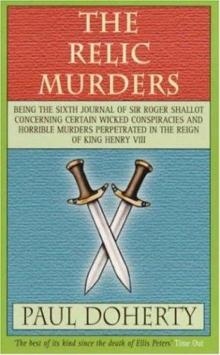 The Relic Murders
The Relic Murders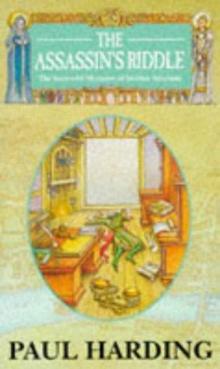 The Assassin's riddle smoba-7
The Assassin's riddle smoba-7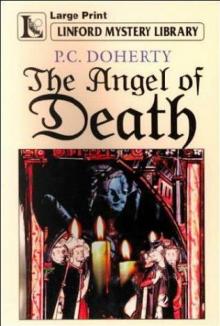 Angel of Death hc-4
Angel of Death hc-4 Dark Queen Rising
Dark Queen Rising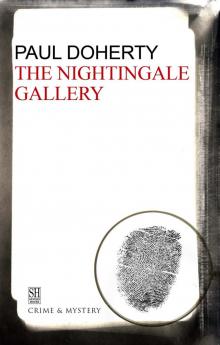 The Nightingale Gallery
The Nightingale Gallery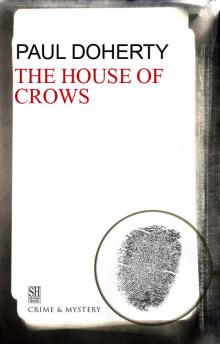 The House of Crows
The House of Crows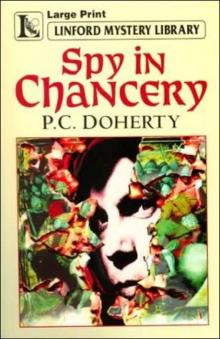 Spy in Chancery hc-3
Spy in Chancery hc-3